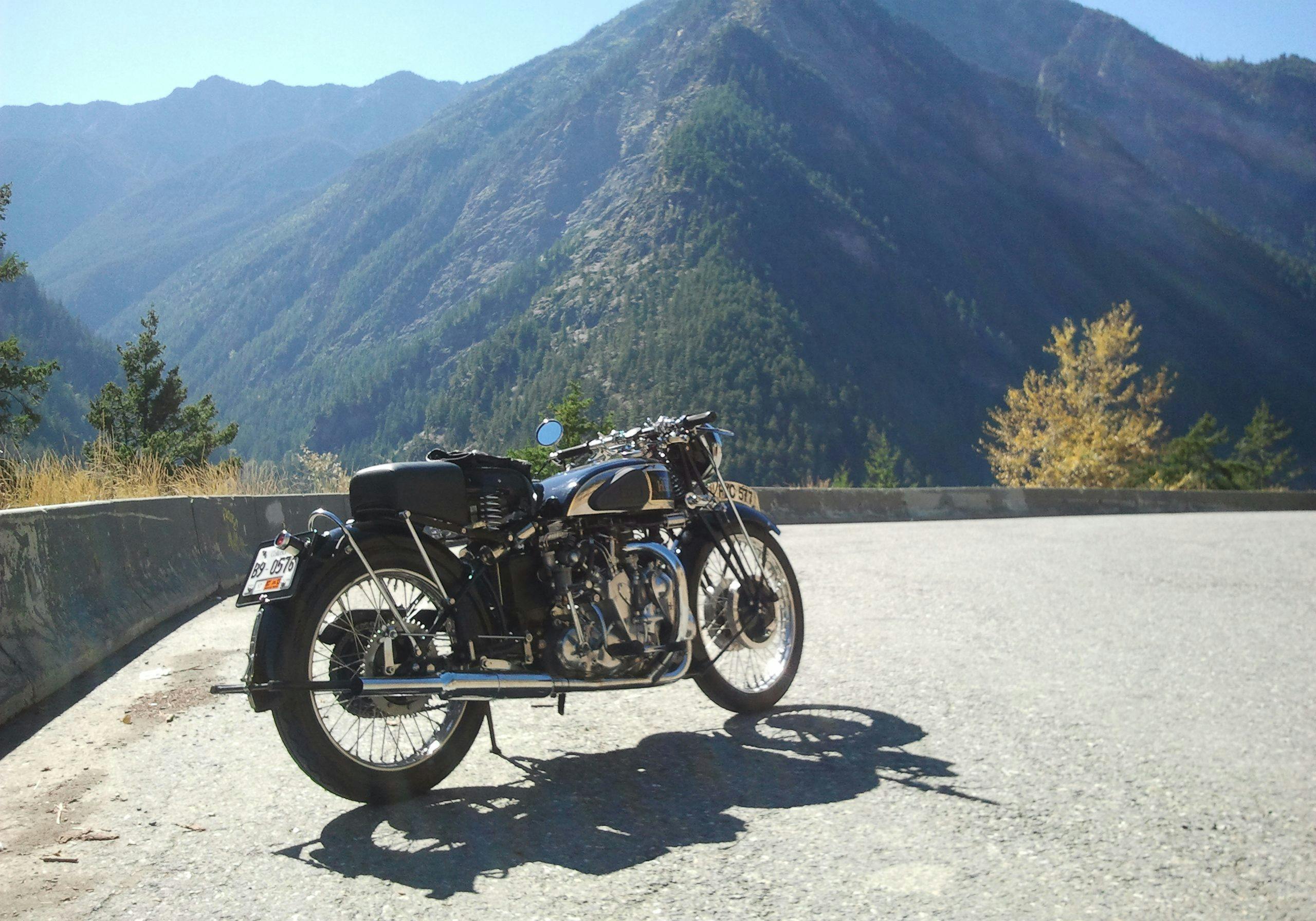Media | Articles
The mad Englishman and the Black Shadow
In July of 1955, locals in the southwest of England were somewhat bemused to see a large, burly figure unloading a sixteen-foot plank from the side of a dangerous-looking motorcycle, on the banks of the River Severn. Home to one of the largest tidal bores in the world, the Severn is England’s longest river, and flowed fast here, in the narrows. To the onlookers’ consternation, the man appeared to be preparing to enter the swift-moving current.
They protested. The man merely laughed. Then he went surfing.
John Malcolm Thorpe Fleming Churchill, better known as Mad Jack Churchill, thus found himself adding yet another footnote to a life that defied reason: He became the first person to surf the Severn tidal bore. He rode the waves for roughly a mile and a half, then walked back to his motorcycle, which was, at the time, the fastest road-going vehicle on the planet. (Of course it was.)
The bike was a 1947 HRD-Vincent Series B Rapide, one of the V-twin-powered rocket ships hand-built by Philip Vincent’s company—albeit a special model. It was a variant of the Rapide called the Black Shadow, advertised by Vincent with the tagline, “The world’s fastest standard motorcycle. This is a fact not a slogan.” Capable of 125 mph in untuned trim, a race-prepped Shadow was ridden to a world-record speed of 150.3 mph by Rollie Free on the Bonneville Salt Flats. Free managed this feat lying prone on the bike, face-down in his bathing suit. The photo of the record attempt is generally agreed to be among the most famous pictures of motorcycling history.
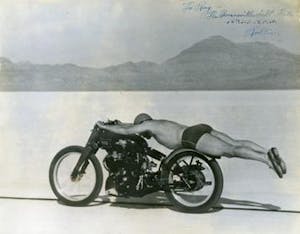
This was exactly the sort of advertising that would appeal to somebody like Jack Churchill. Born into the managerial classes of fading British colonialism, he spent his childhood in Ceylon (now Sri Lanka); Surrey, England; and Hong Kong. He attended college on the Isle of Man, and joined the Manchester Regiment of the British Army to serve in Burma.
Marketplace
Buy and sell classics with confidence
While posted in Burma, Churchill began his riding career. He rode deep into the countryside of India on a single-cylinder Zenith bike, crossing railway bridges by pushing the bike along a rail and stepping carefully from sleeper to sleeper. He covered some 1500 miles of rural roads, many of which had never seen an internal-combustion-powered vehicle, and even survived crashing into a wandering water buffalo.
Along with motorcycling, Churchill had a persistent interest in archery, fencing, and bagpiping, all of which he excelled at. He competed for England at the world archery championships, and came second in a Scottish bagpiping competition, in which he was the only English entry. He also popped up in minor roles in the films The Thief of Baghdad and Ivanhoe.
When called up to fight in WWII, Churchill showed up armed with a six-foot longbow and handmade arrows. He also brought his basket-handled Scottish claybeg broadsword and his bagpipes. Churchill is often quoted as saying, “Any officer who goes into action without his sword is improperly dressed.”
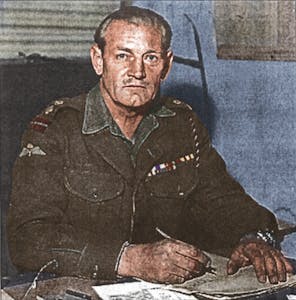
Neither the sword nor the bow and arrow were mere dress-up for Churchill. In 1940, as the British Expeditionary Force retreated towards Dunkirk in northern France, Churchill’s men found themselves facing down a German charge. Mad Jack readied his troops, then sprang to his feet and killed a German sergeant with an arrow from his longbow. He then led a charge with his sword and revolver, slashing and firing. He was spotted later in the campaign at the helm of a captured French Motobécane moped with its panniers stuffed with arrows and ammunition.
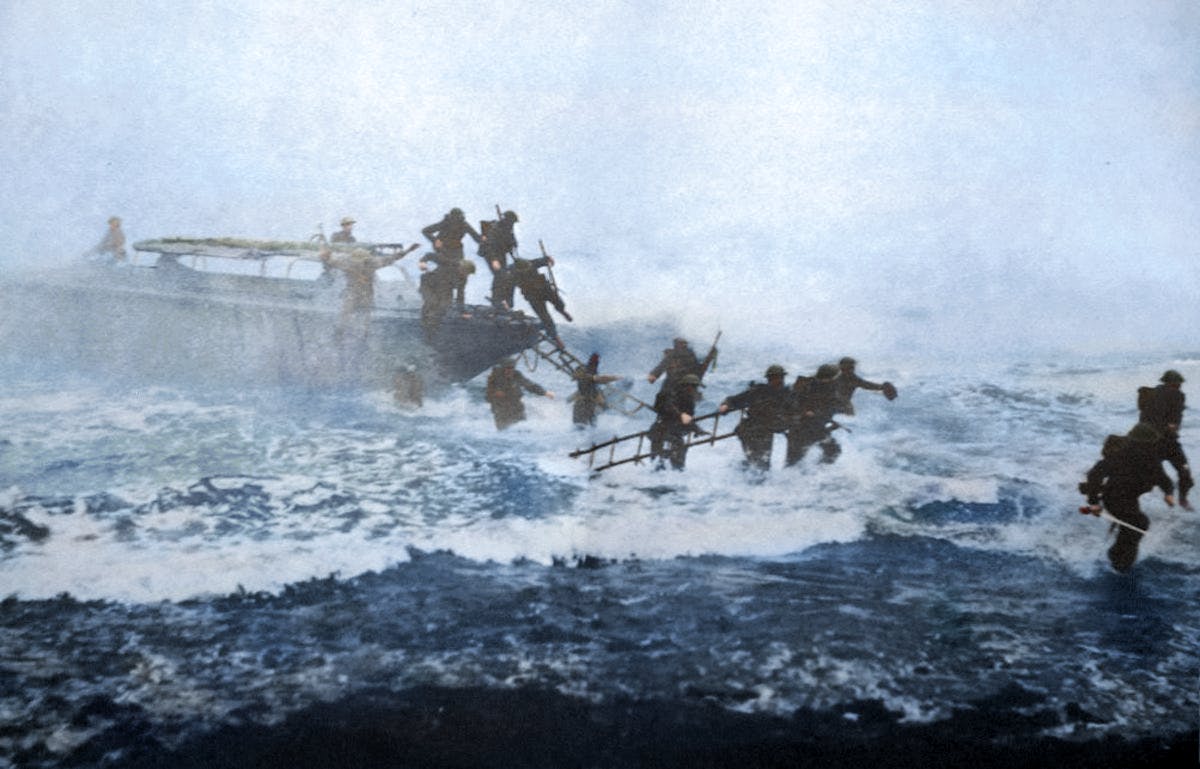
After the evacuation at Dunkirk, Churchill joined one of the new Commando units and, soon enough, was leading a raid on German positions in Norway while playing his bagpipes and hurling grenades. He captured a German mortar team with just his claybeg, was himself captured by the enemy while leading a charge in Yugoslavia, and escaped a POW camp in Austria by walking across the Italian Alps.
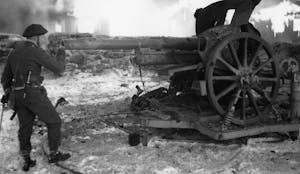
Returning to the U.K. after the war, Mad Jack restored steamships and continued his love of motorcycling. And then, in 1951, he came into possession of the fastest road-going motorcycle in the world.
Originally, the 1947 Rapide had been purchased by a Scottish gentleman racer named Alex Phillip. He entered the bike in the new 1000cc class at the Isle of Man TT several times and in 1950 took an outright win. Phillip had ridden his Rapide to and from the TT, but on his victorious return trip, disaster struck. Both he and his wife, who was riding pillion, were seriously injured when they were broadsided by a truck.

The Rapide was sent back to Vincent, where it was made better than new. Vincent upgraded the bike to top-tier Black Lightning specification, which meant stouter connecting rods, enlarged inlet ports, and racing carburetors, along with a comprehensive lightweighting of the chassis. The result was over 70 hp from the pushrod V-twin, set against a feathery sub-400-pound curb weight. Top speed went from 125 mph to 150.
By the time repair and modifications were complete, Phillip had been laid up in hospital for months and funds were low. He advertised the bike for sale and got an enthusiastic response from one John Churchill.
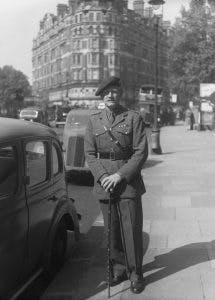
Mad Jack Churchill lived until 1996, dying in Surrey, England, at the age of 89. In his retirement years, he used to startle his fellow rail travelers by flinging his briefcase out the window of the train as it passed his back garden. It saved him the effort of lugging it home from the station.
He was one of the great eccentrics: courageous, daring, and doggedly marching to the beat of a different drum. Or rather, to the skirl of a different bagpipe. Mad Jack Churchill and his Vincent Black Shadow were two of a kind: a larger-than-life figure and a screaming-fast superbike with genuine TT-winning pedigree.














